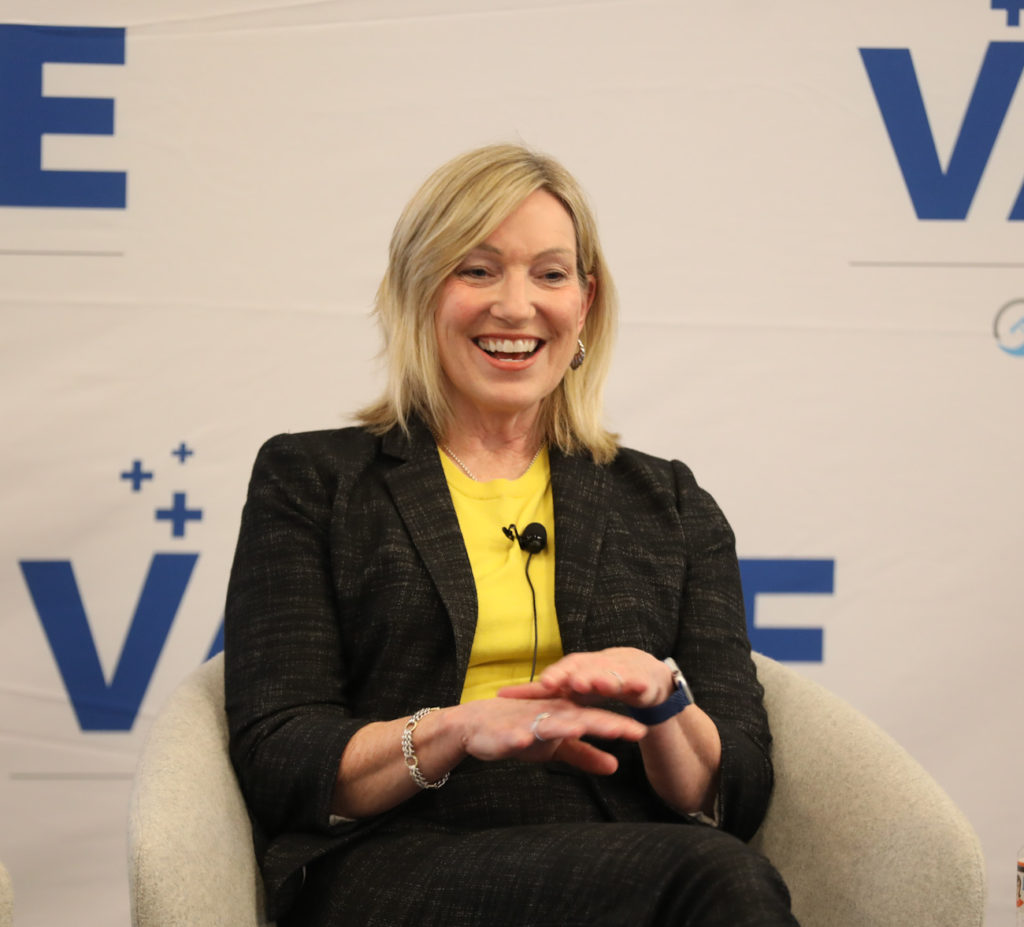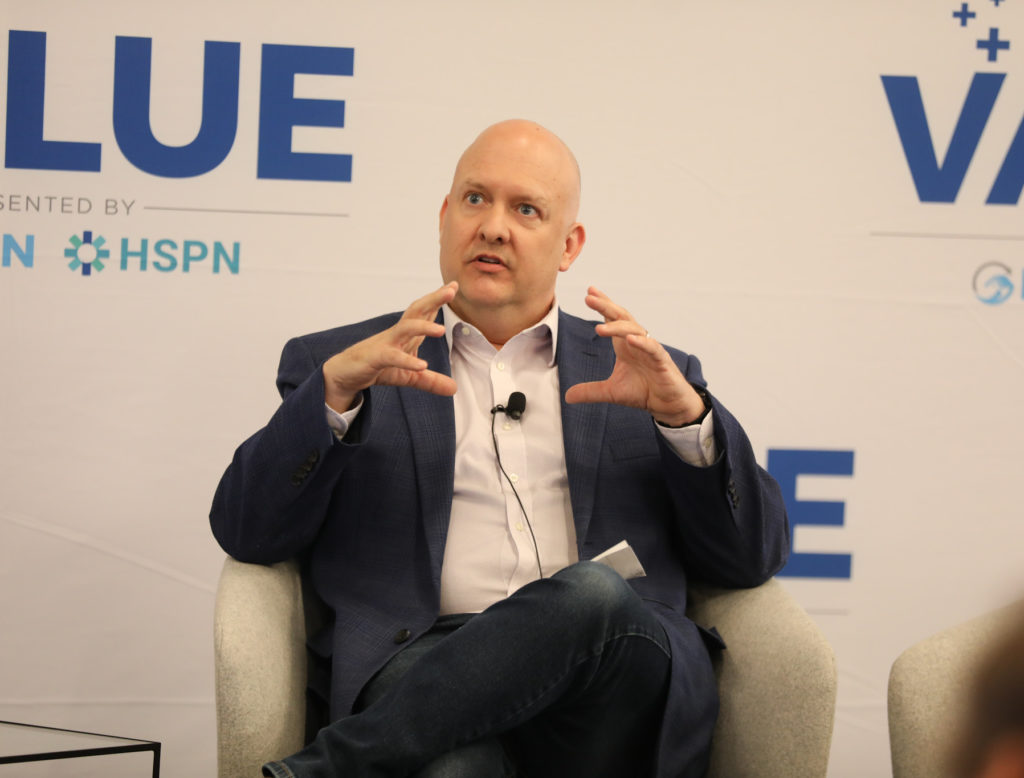Hospices are developing new services to meet patients’ complex needs and capitalize on value-based payments, but the workforce shortage is causing complications.
Ensuring appropriate staffing is a key consideration in service diversification. This goes beyond numbers alone — employee interest and engagement also count, according to Christina Andrews, director of professional services at Axxess.
“When you’re thinking about new strategies, think about how you’re involving employees as stakeholders,” Andrews told Hospice News at the 2022 VALUE Conference. “They need to be part of the assessment of the market you’re going to grow into and serve, and how. Your biggest return on investment with your services truly is your employees.”
Failing to gauge employee capacity and buy-in can put any new program at risk, Andrews said.
When it comes to specific services, those that focus on social determinants of health represent the greatest business opportunity, according to Terri Maxwell, general manager and chief clinical officer at Turn-Key Health.
“From a return-on-investment perspective, hospices really need to think long-term about where they need to go and what the strategies will be to get there,” said Maxwell. “There’s a huge gap around seriously ill people, especially around social determinants of health and practical supports, including caregivers. There’s so much underneath for [patients and families] that social determinant programs can provide and that make these services unique and valuable in a value-based payment model.”
Maxwell is also co-founder of Turn-Key, which post-acute care company CareCentrix acquired in 2020.

Closing gaps in care has been a rising priority of many of the value-based payment demonstrations by the Center for Medicare & Medicaid Innovation (CMMI). Building a broader continuum of services can help hospices remain competitive in this shifting payment landscape.
Some of the demonstrations available to hospices have included the value-based insurance design demonstration (VBID), the Accountable Care Organization Realizing Equity, Access, and Community Health (ACO REACH) model, the Medicare Shared Savings Program and the Medicare Care Choices Model.
Medicare Advantage also covers some social determinants programs as supplemental benefits, which have gained traction since the agency introduced them in 2020.
Working with payers to address these needs can be a “glide path” for hospices to demonstrate their value proposition to payers, according to Maxwell.
The challenge, however, has been understanding how to communicate and translate patient data to establish their track record and tell their story, she stated.
“It’s hard stuff for hospices to try to figure out what’s working with health plans and these new value-based models,” Maxwell told Hospice News. “One really big pitfall is not understanding what makes these payers tick and what goals they’re looking for. It’s a different denominator as far as thinking around what the goals are and how you’re going to measure them. There’s a big learning curve there.”

As hospices get a feel for working with value-based payers, focusing on social determinants of health can be a fruitful place to start, according to Patrick Miller, executive vice president and chief operating officer at NorthStar Care Community.
Reaching out into the community, forging partnerships with local organizations and expanding volunteer programs are key strategies for jumpstarting those services, Miller stated.
“You have to take different tactics, say, utilizing volunteers and families in a community, to understand social determinants of care,” Miller said. “If you’re going to be in that space, it’s a much more fruitful place to start by saying, ‘Let’s understand social determinants of care, like how to meet food shortages or maybe rural [patient] needs.’”
Companies featured in this article:
Axxess, CareCentrix, NorthStar Care Community, Turn-Key Health



